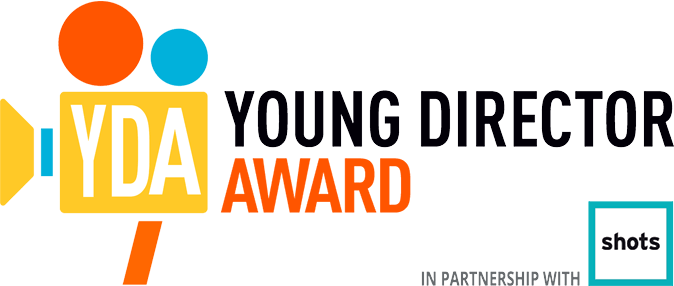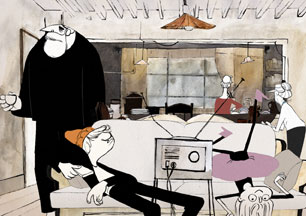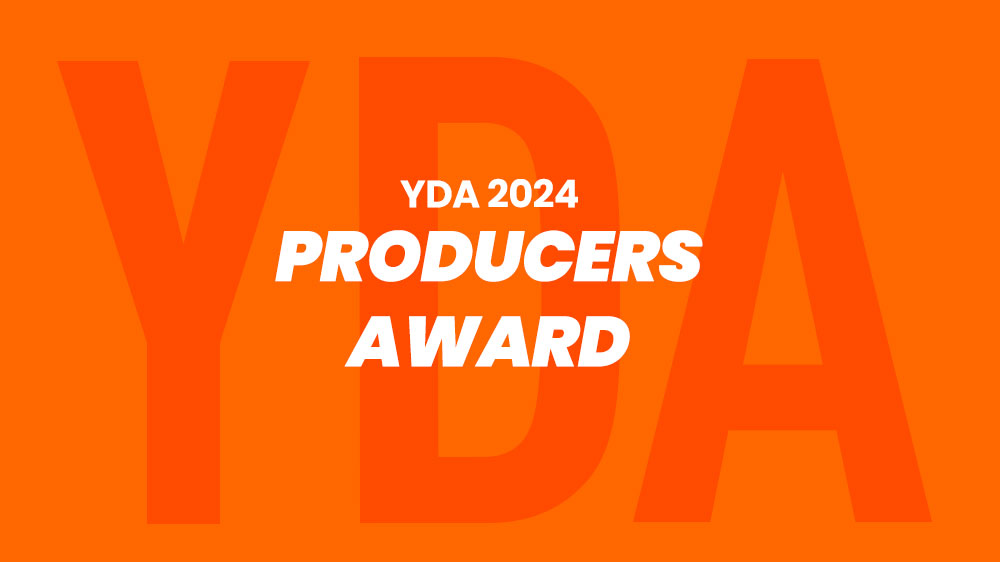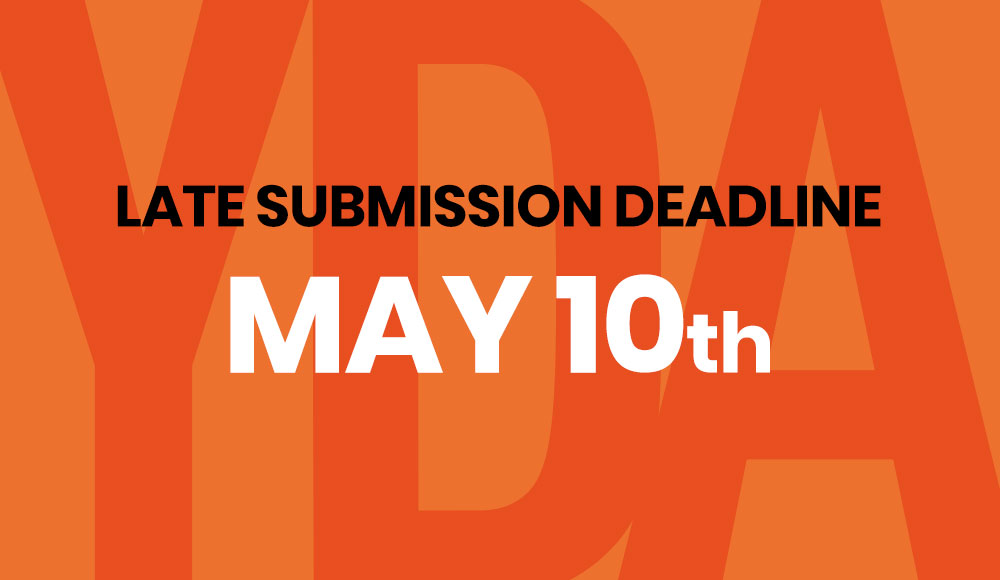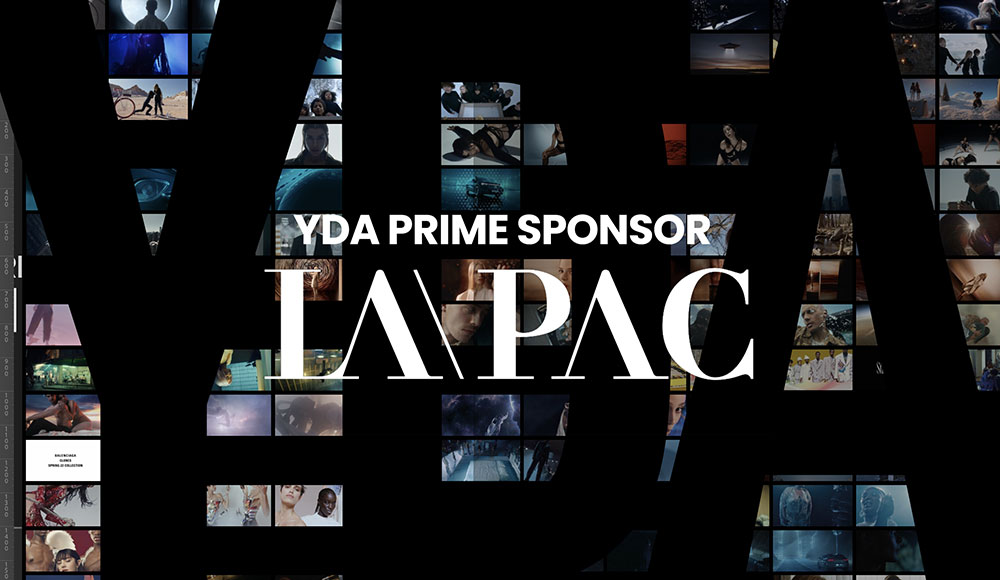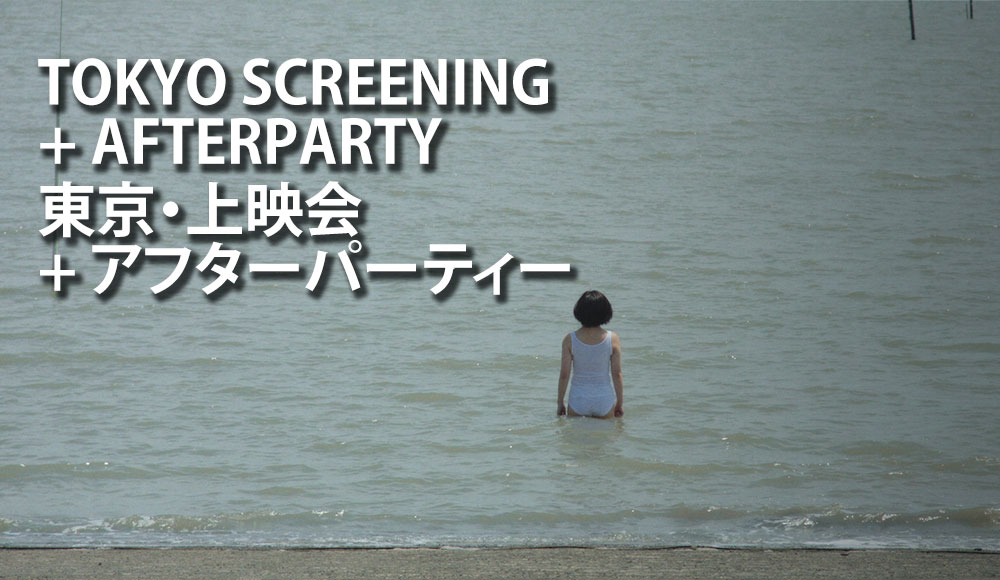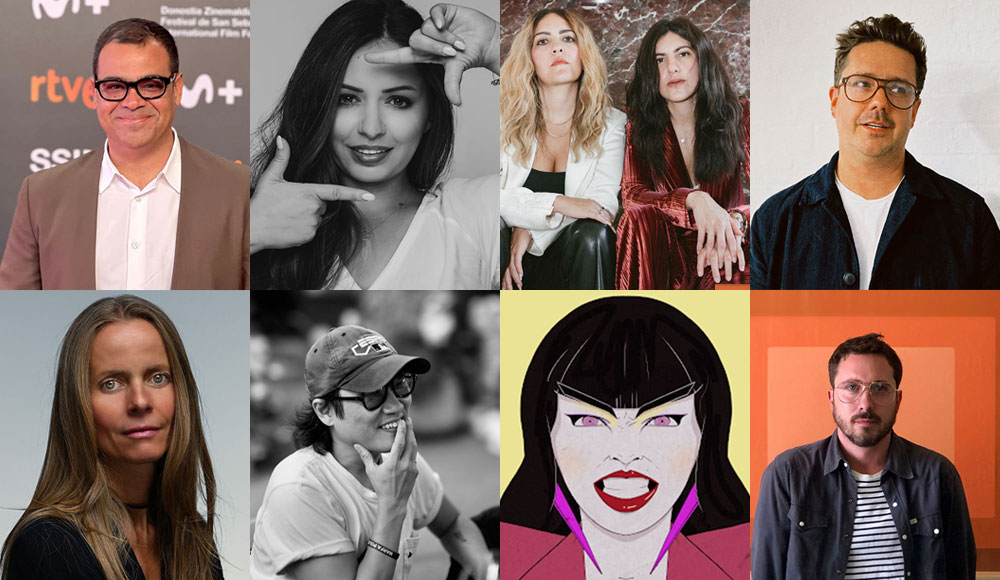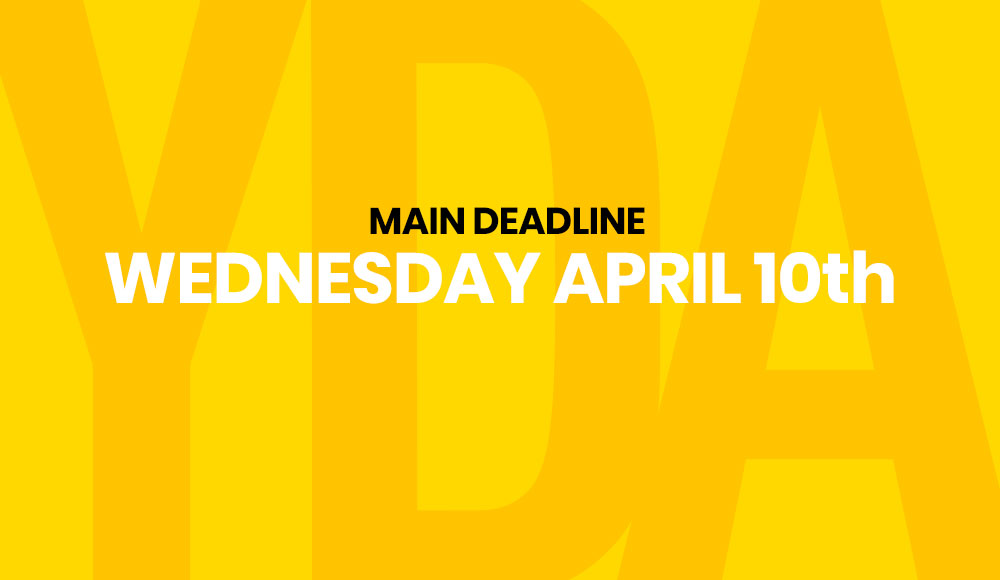This wonderful amusing graduation film Rhapsodie pour un Pot-au-feu, about three generations who live under the same roof, caught the eye of YDA’s Project Manager, Soraya Assi, at a recent festival in Paris. We caught up with the animators, former Gobelins students, Charlotte Cambon, Soizic Mouton, Stephanie Mercier and Marion Roussel to discuss the creating of the film.
Which school are you from? Was this film your graduation film?
Charlotte: We are former students from Gobelins, l’école de l’image, in Paris. We went to different schools before entering this one. ‘Rhapsodie pour un Pot-au-feu’ was our graduation film, after three years of learning animation, mostly in 2D, and after we’d had workshops about storyboard, character design, filmmaking and acting.
How did the idea for the script come about? Did just one person write the script or did you all contribute? How did you decide on the tone and feel?
Charlotte: We started with the idea of a family that seems unique and a bit crazy and then embellished that with our personal experiences. We wanted to make the whole story happen during one evening in real time…
Marion: Yes, somehow like Tango by Rybczynski, our first inspirational point.
Charlotte: In the beginning we tried to keep all the characters at the same level, but we finally focused on the mother, and developed her into the central character.
Marion: Stephanie, Soizic and I joined in on Charlotte’s basic idea, talking about a family that has difficulties in communicating. Each member of this three-generational family has his daily routine after school/work and can’t manage to reach the other, emotionally and physically. From the beginning, we wanted our story not to be dramatic, but rather as a humorous, tender critic of a family in bad shape. The musical side of the project arrived after a huge simplification of the storyboard, as Charlotte said, instilled by our joint inspirations (Kusturika, Fantasia, Rooty Toot Toot, Chibi Maruko Chan ).
Charlotte: Yes, that’s how the story changed into a family’s choreography. We realized that the timing was too short to show all of our ideas so we cut a lot of the shots we’d planned but that is the way it goes. Marion wrote the final scenario after several team brainstorming sessions.
Marion: Describing so many tiny actions all happening at the same time from a whole family! Only we could understand our story!
Charlotte: We really tried to find a subject that meant something to each one of us: the family, and the difficulty of living all together and communicating. This is very personal, but, like Marion said, we didn’t want to be too dramatic – the little girl is jumping everywhere, the brother is always bored, and the grandmother is talking to herself.
Marion: The father’s sister is mentally ill…
Charlotte: This family is maybe a bit weird, but they live together in the same house, and it works. The main subject is how a mother manages to keep the balance in her family, without anyone realising it. And that’s why we put her in the foreground, to study the mechanics.
How did you find collaborating with each other? Did everyone contribute ideas?
Charlotte: We decided early on to work as a small team because we wanted to be reactive and effective. Everyone was participating in creating the scenario and on the first storyboard, then we split into two groups, sharing the design and the final animatic. It was more difficult during the production part of the movie, but very much easier when we needed to take a decision.
Stephanie: One of the big challenges of the way Gobelins makes us work on our graduation films is that we work as four directors – everybody has a voice in the group. Which is nice because everybody can express himself, but a little more complicated when it’s about getting a unanimous agreement.
Marion: Yes, we wanted half of us to set the general look/design/cinematic aspect and the others to work on the details through acting/choreography/design of the personality thanks to the animation. We chose each other because we knew that our skills were complementary – what one finds quite boring, the other finds exciting. But in practice, everybody did a little of everything!
Soizic: Everyone of us had something to bring to the project because we have different relationships with our family so it was really interesting to listen to the others and see which parts of our everyday life were the most meaningful. We all got on well with the others before starting the production so, we could always discuss difficulties calmly.
There’s a lovely pen and ink quality to this film – what methods and programs did you use for animating?
Charlotte: Our inspiration for the lines came from famous illustrators such as Ronald Searle or Quentin Blake which are known for their style, black and white contrasts and pure lines. For the characters, we tried to stay close to our first drawings, and we made everything by hand except for the characters’ colours. We drew everything frame by frame on paper.
Marion: But in practice, cleaning with china ink would be the best thing to do to waste time and loose our minds! Knowing the constraints due to hand drawn animation, we still wanted to have an ink path in the final drawings. So I tried many different styles of black pens and the winner would be the one who combined “ink-look”, comfort and efficiency. We chose the Bic pen! Moreover, the pen also created some accidents in the line that we really liked.
Stephanie: It’s a lot nicer to clean up with paper and pen than using a computer. One of the things that the four of us never gave up in the film was the “traditional” look of the film. We’ve always wanted to stick as close as we could to the press cartoon look of our inspirations.
Charlotte: So, once the clean-up was done, we finally scanned the drawings and added colours on TVPaint. In the end, we imported the backgrounds and animation on After Effects to render the final image.
For the backgrounds I tried to follow this method, I first drew layouts of the shot (it’s when you try to find the composition of the scene after knowing how the characters are going to move, and make a plan for the whole scene to prepare the work of the animators), I made a final drawing with china ink, added watercolours, and finalised the background with Photoshop.
We really wanted the audience to feel that this is a handmade animation and we tried to keep the “mistakes” of the lines on the screen.
Soizic: Personally I just hate computers and when I did the first drawings for the character designs I used china ink and pieces of colored papers. But the girls said to me: “ok, we all agree on a handmade look film, but we do want to finish this film this year. So leave your papers and go to serious work…”
What were the key lessons you learnt from creating the film? And what were the main challenges of the production. Any mistakes or anything you’d do differently next time?
Charlotte: To me, the most difficult part of making this film was to realize that we didn’t have time to keep all the ideas we found in the beginning. I felt like we were very close to the characters we created and that the movie could have been longer for us to show all the back story of each character.
Marion: We had to contain our ideas to their essence. That was the hardest and most painful part of the production, in my opinion. We decided to keep simple shapes in the character design and one flat area of color for each character.
Charlotte: The production was a big challenge, when we had to keep to the animation schedule and try to be on time for each step of the production like recording the actors’ voice, and being in rhythm with the music that was still evolving. But I think that the most stressful part was to work on the same sequence shot, trying to give life to six characters, managing to make interactions between them, and be on time with the music.
Soizic: Like the girls say, we quickly understood that we will not have time to do all our ideas but, actually, I think it was a good thing for the film because, as students, we are often tempted to speak about too many things in our first film. Moreover, because we wanted to satisfy each and every one, we really had a lot of anecdotes. So we had to forget some funny or beautiful shots that we had imagined and focus on what we really wanted to talk about.
When did you realize you wanted to become an animator?
Charlotte: I first went to this school to be a storyboard artist, or to work in visual development, I am currently attending a filmmaking school named La Poudrière to focus on mise en scene. I’d like to develop different animation projects from short movies to clips, advertisements, or animation series. That’s why my ideal job would be to be a director, but I can’t imagine myself working alone on a project, I’m thinking about creating a collective.
Marion: Before learning animation at Gobelins, I studied Geology at University. I just knew that I wanted to draw all my life instead of studying rocks… I’ve always been interested in movement, choreography and how to render emotions and intentions correctly through body and face expression. So, for all those reasons, I naturally focused on hand drawn animation since the first year at Gobelins.
Stephanie: A little like Marion, I used to study Mathematics at University, my parents didn’t want me to study art (I was good at mathematics, they considered it was a waste of a good brain to let me study something as shallow as drawing). But I finally changed my mind and decided I’d rather live my passion. I found out animation is exactly what I needed since it combines art and technique.
Soizic: Actually I never wanted to become an animator and after these three years at Gobelins I still don’t want to! I did illustration studies before Gobelins and actually I wanted to try out team work but not particularly animation. Of course I did animation on this film but the most touching thing on the production was when I saw the first animation tests the other girls did with the characters I drew! Because I could see that we had the same idea of their attitude, of the way they move, their pace… I finally saw what I wanted to see: team work! And it was so great!
What are you doing now and what would be your ideal job?
Marion: After graduating, I directed/animated some commercials. Now I’m doing animation tests with Stéphanie hoping we could be animators on a feature film somewhere in Europe. When I grow up, I would love to jump from one feature film to another.
Stephanie: Marion, I’m SO gonna fail this test.
Soizic: I’m a character designer for a coming TV series at Normaal Animation in Paris. I’m really happy to do this job, it is the job I wanted.
